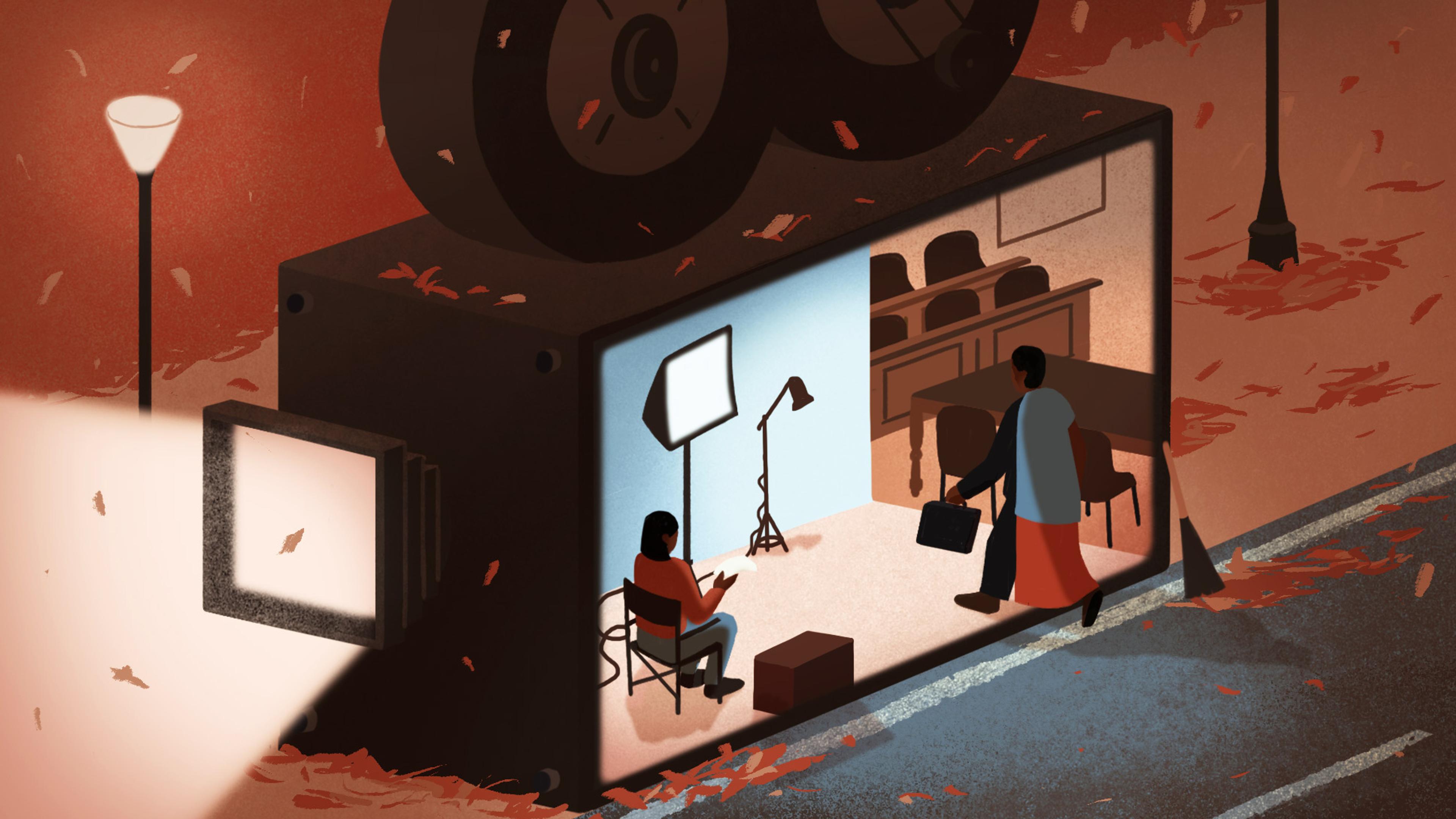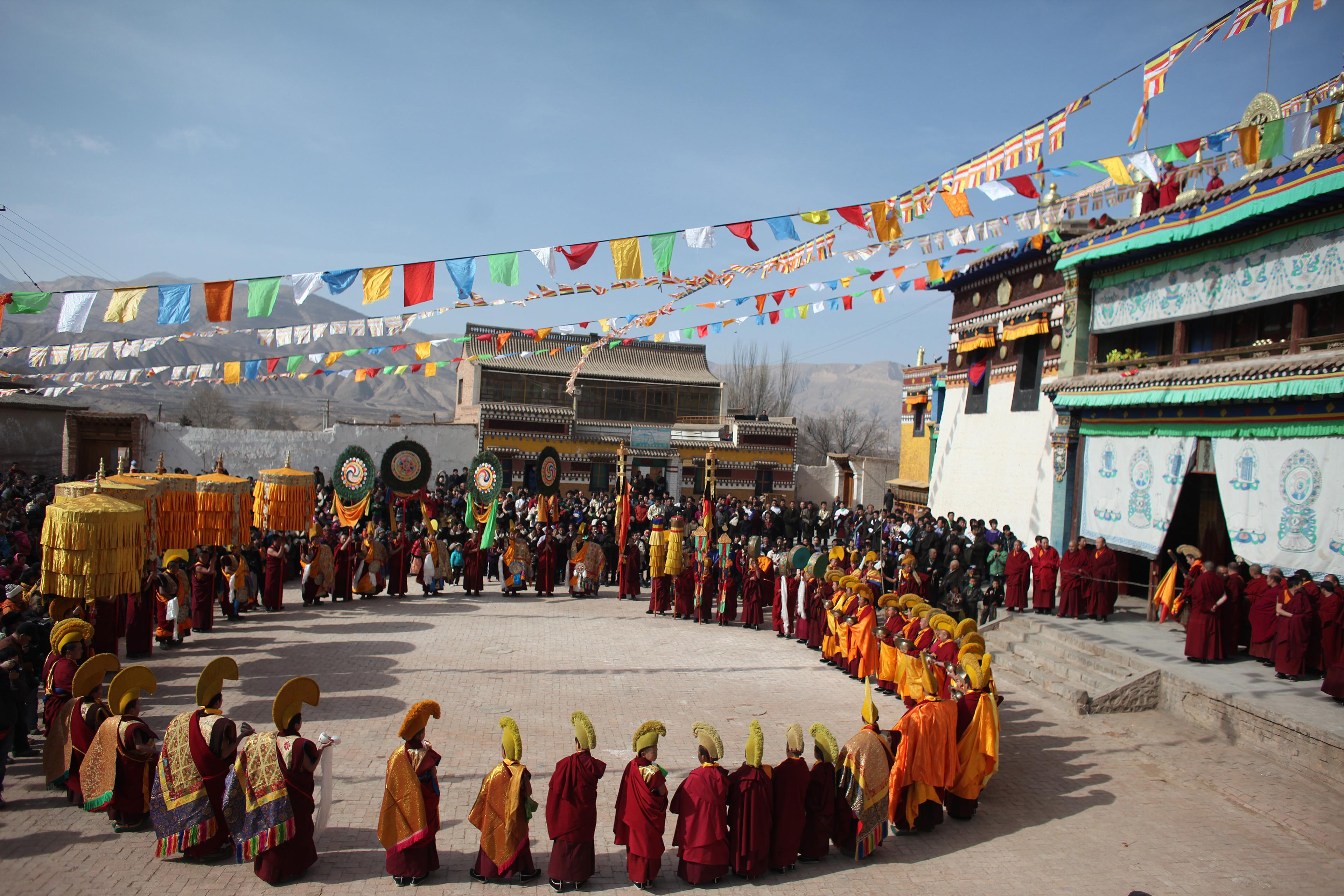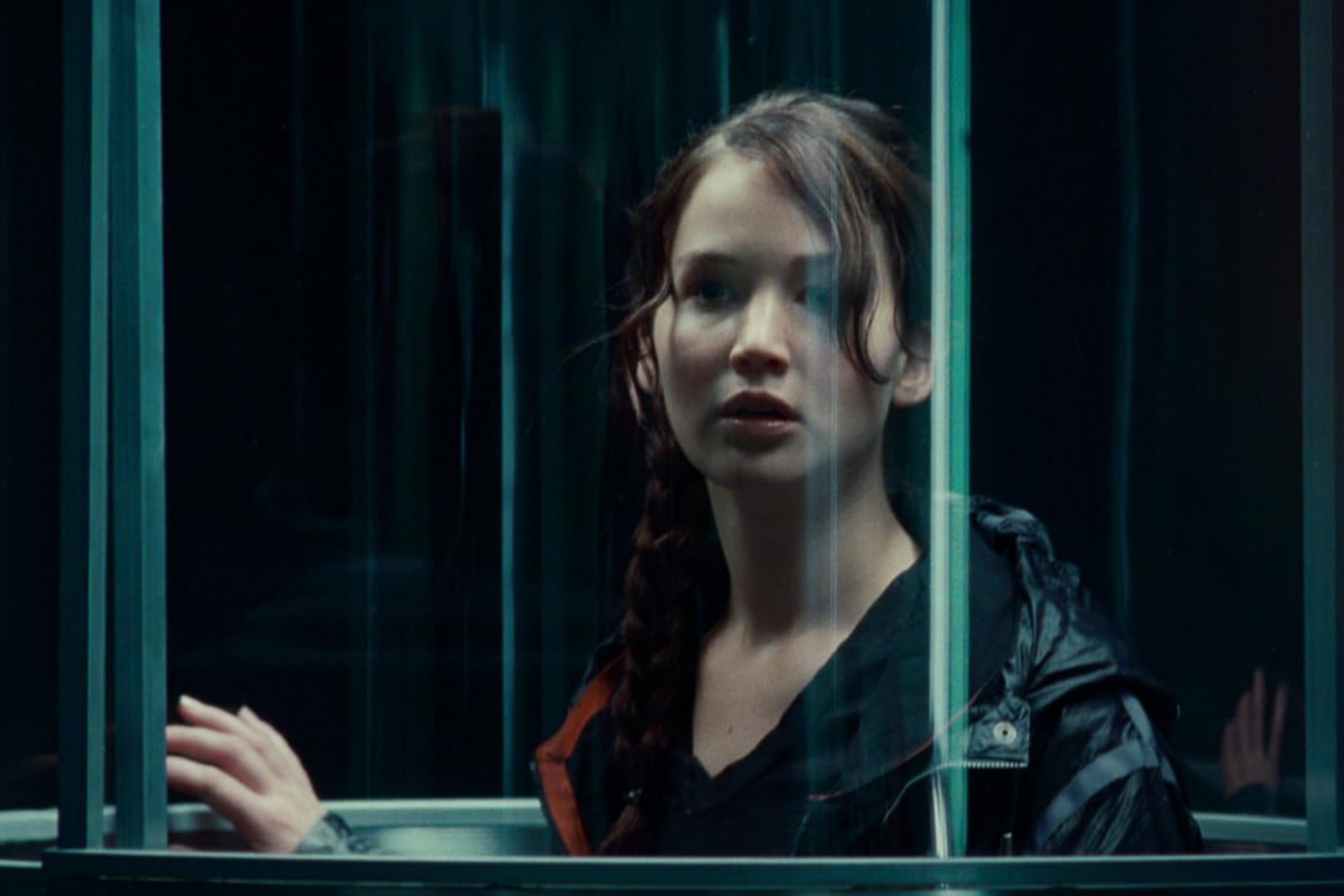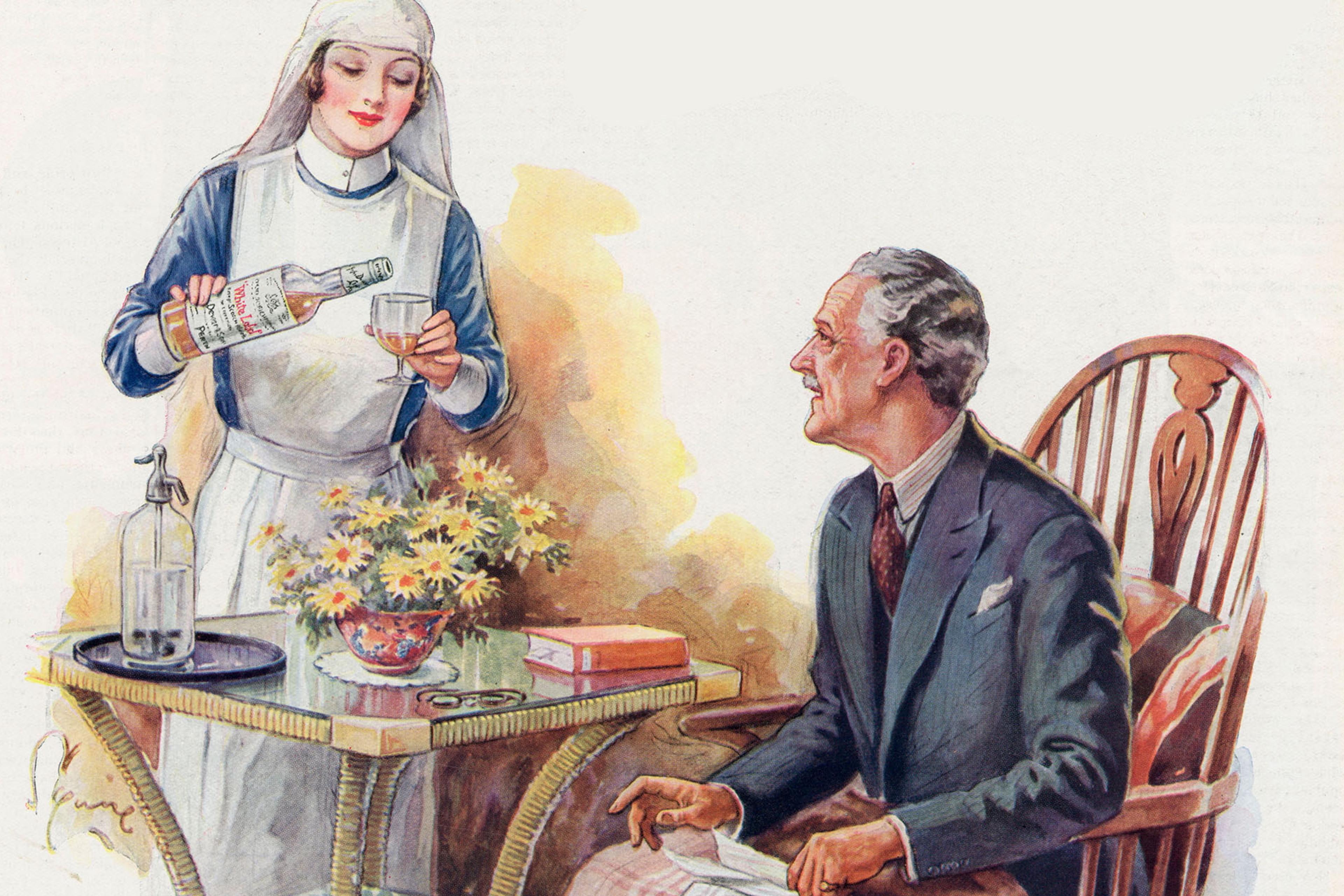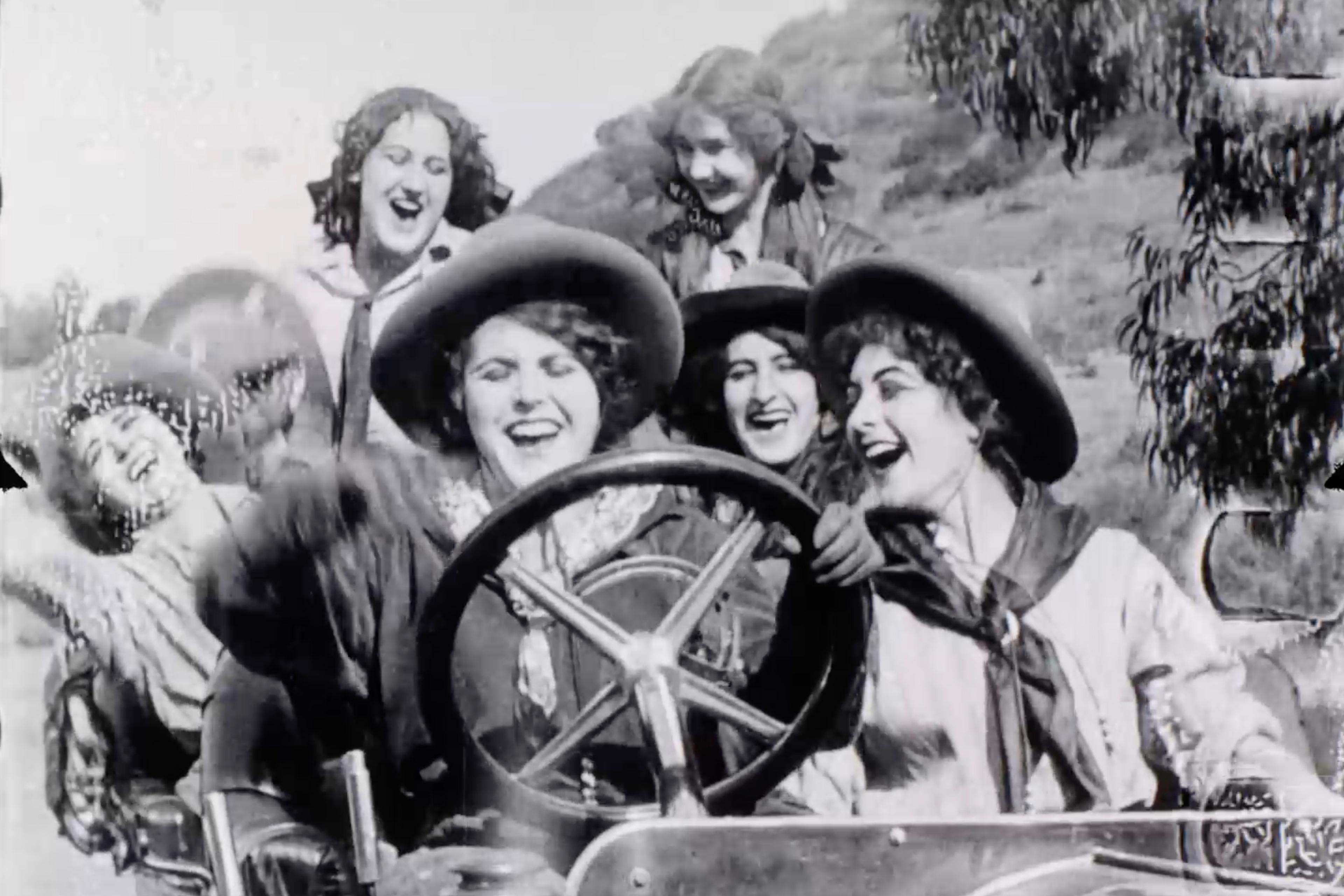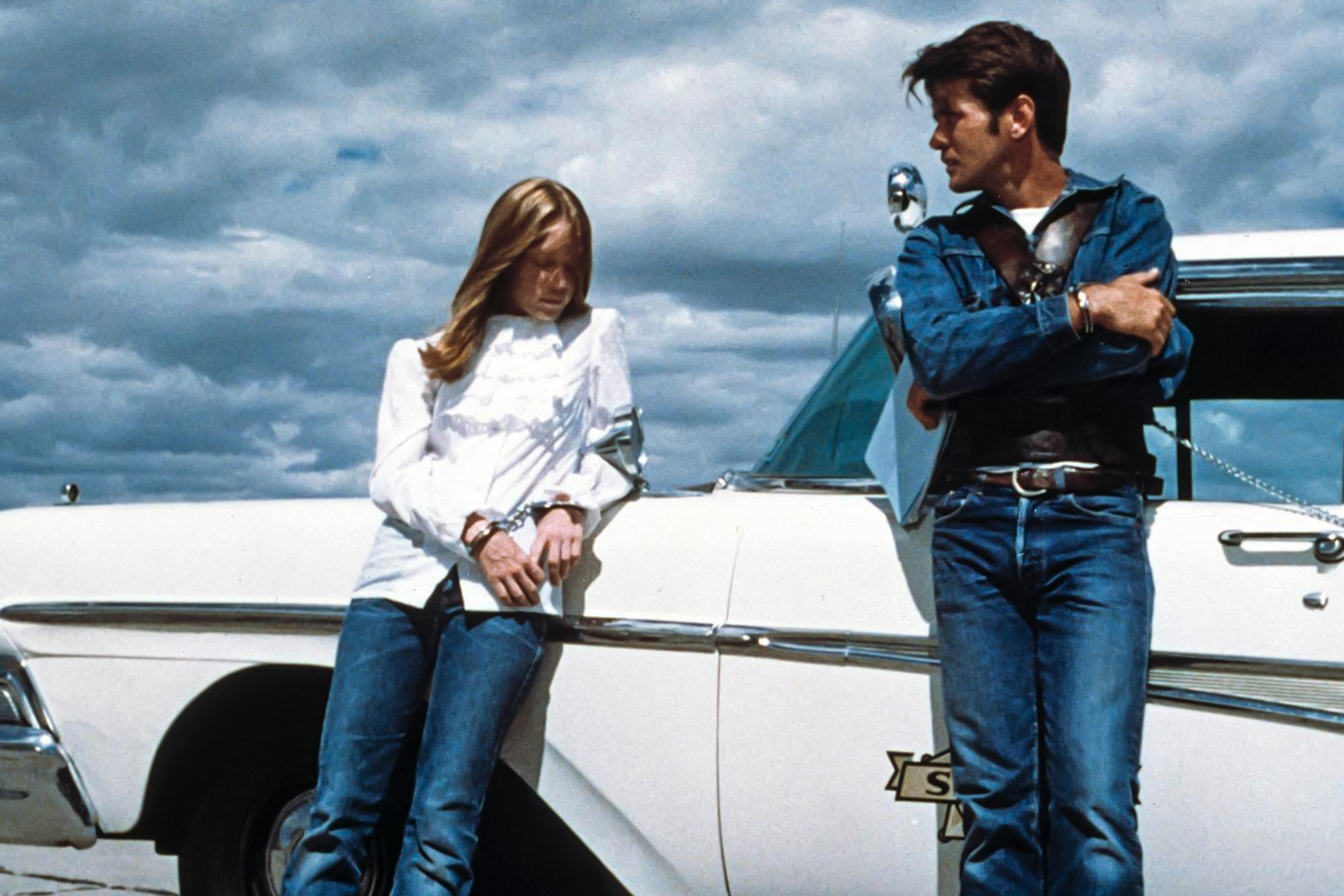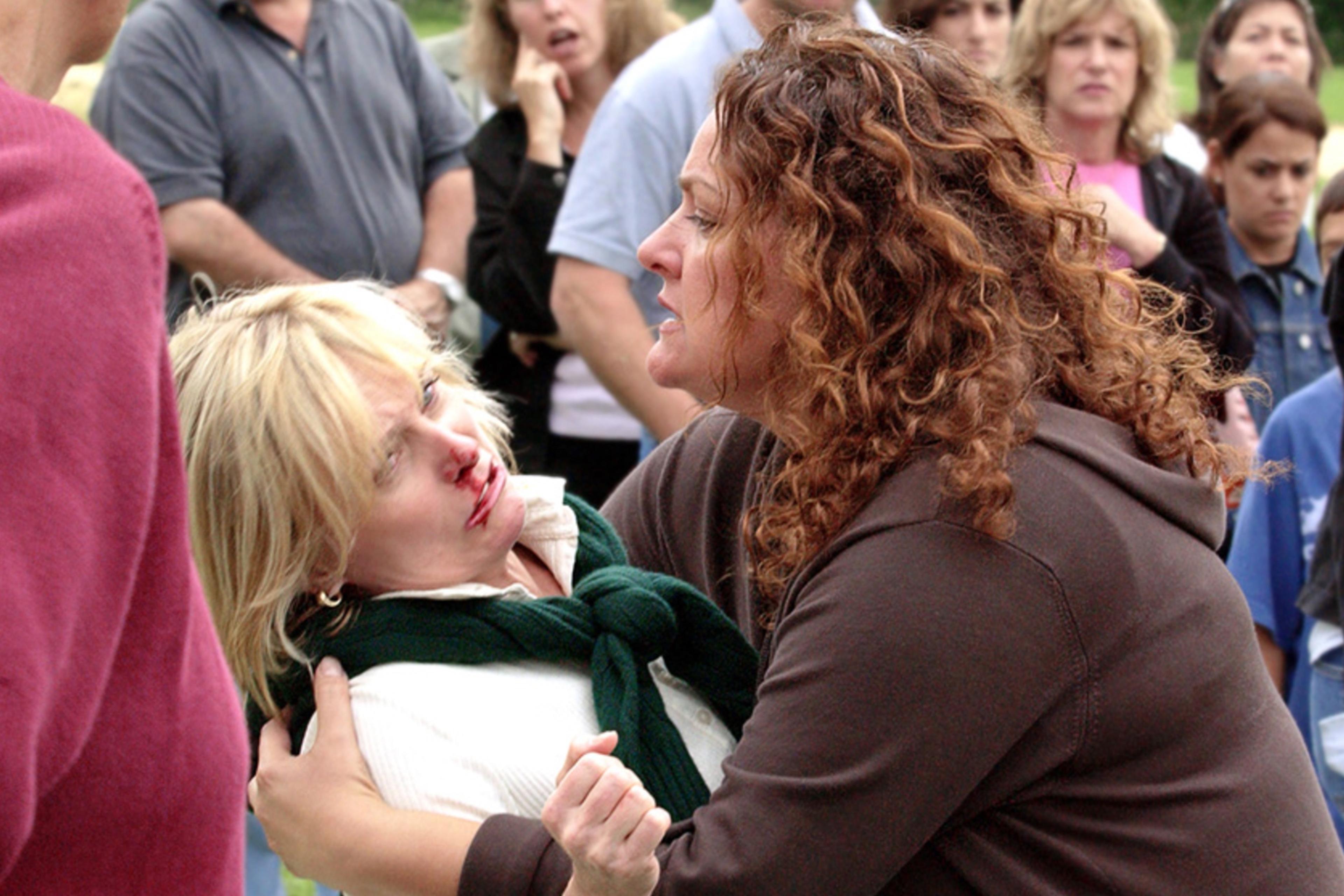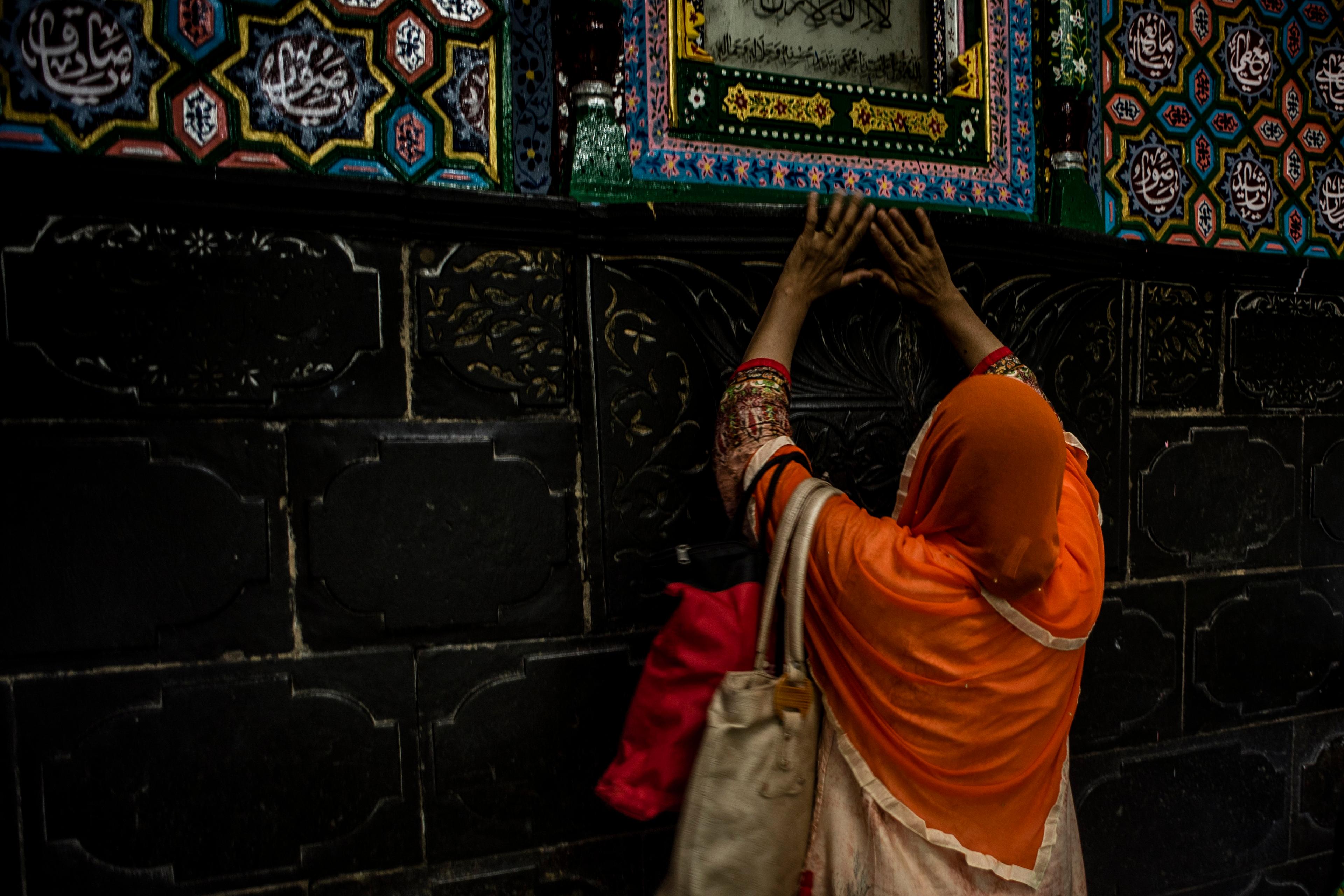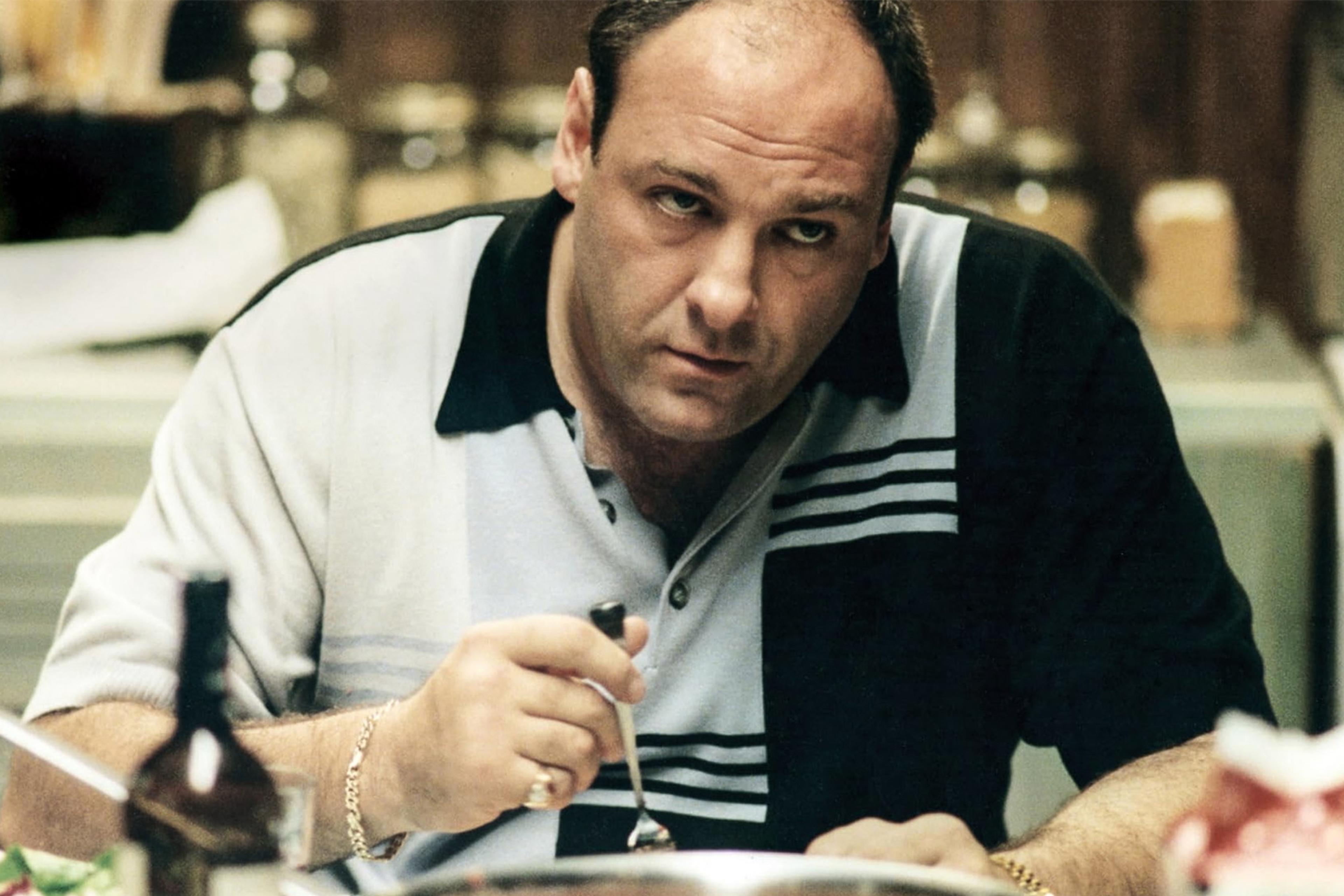A sanitation worker dreams of becoming a lawyer to fight for workers’ rights. A mother imagines sharing her secrets with her child. A woman practises for a difficult conversation. This is the story of Kathi, Kathi, Kaarana, a yet-to-be-released short film narrated and produced by workers from the city of Bangalore and their families. But I’d like to share the story behind this story: one about four working-class families who dreamed of making films and attended a film school to collectively learn, create, and take care of each other.
In 2022, I was commissioned to make a documentary on the mental health issues of informal-sector workers. The Indian informal sector is a complex network of unorganised labour, based on workers who receive no written contract, paid leave, health benefits or social security. For many of these workers, mental healthcare is inaccessible and full of stigma. The planned film was intended to explore and express structural issues in Indian mental health discourse.
Ultimately, I ended up taking the project in a different direction: I facilitated a four-month-long weekend film school for workers, at the end of which a short film was made. Why fulfil the project in this way? The idea for the school stemmed from a realisation that filmmaking, in addition to serving as a tool to document issues in mental healthcare, could be a resource for addressing problems that workers were facing in a more direct way. Having dabbled in and benefited from Augusto Boal’s Theatre of the Oppressed – a theatrical methodology that gives audience members the power to imagine and navigate their own narratives, converting spectators to ‘spect-actors’– I wondered if film, too, could create a space for healing.
Early on, as I was researching for the documentary that was initially planned, I found myself severely challenged in holding basic conversations with workers about mental health. What is ‘mental health’? A basic question, perhaps, for many English-speakers – but there seemed to be no way to discuss mental health in regional languages without evoking stigma or shame. The informal-sector workers belonged to diverse social groups and had migrated to Bangalore at different points in time, creating layered but segregated communities with blended languages, cultures and religions. In this context, there is not a single, established way of talking about ‘mental health’ that is generally shared across cultural lines. So addressing mental health problems, or even recognising them, can be a challenging task.
It was urgent for our project to find a language that was shared across different communities. In this case, the answer was cinema.
Commercial Indian cinema is a broadly accessible space in which emotions are shared, felt and processed. Within the confines of the theatre, the viewer is free to attach themselves to the characters and engage with emotions in ways that might be difficult in real life. At the movies, you can cry, laugh, vent. As Anne Carson puts it in her preface to Grief Lessons (2006): ‘Do you want to go down to the pits of yourself all alone? Not much. What if an actor could do it for you? Isn’t that why they are called actors? They act for you.’
In India, we don’t watch cinema, we live it. Many Indian film heroes are worshipped like gods. Many actors have gone on to become major politicians. The screen introduces social values, aspirations and desires into the minds of viewers, and can offer resolutions to conflicts that viewers may feel they can do nothing about in real life. Classic films such as Do Bigha Zamin (1953) enabled lower-class audiences to experience a protagonist taking a stand against feudal powers, while more recent films such as the family drama Kabhi Khushi Kabhie Gham… (2001) help provide a sense of cultural rootedness to the massive Indian diaspora. We, the spectators, draw power from the images on the screen.
As the Australian anthropologist Michael Taussig and other scholars have expressed through the concept of mimesis, humans seem to have a need to become other entities. For film viewers, this can involve not simply imitating the images in films, but absorbing the narrative and the style of a character – in a sense, making characters’ actions their own. One example of this is the Indian craze for pre- and post-wedding shoots, in which a cinematic love story between the bride and groom is woven, irrespective of the ground realities.
And so, the school used cinema as a tool for thinking about and having conversations about mental health. A few of our sessions were intended to explore how we could use cinema to share our own life experiences. I recalled one of the sessions in a journal entry I made during this time:
4 July 2022
Each participant shared a film clip that was similar to an aspect or incident in their own life. [In one clip] the mother has died, and the brokenhearted protagonist sings, even as the funeral ceremony continues. As soon as the song was over, the participant burst out crying. They had also lost their mother when they were eight years old. They said: ‘I lost my safety net that day.’ Emotions flooded the space, as more participants began sharing their own stories of loss, of motherhood. ‘Every time I feel stressed, angry, insulted, sad, I listen to this song,’ the first participant continued. ‘You see the hero? I find myself in him. It’s my story, and I let it pass through…’
The same cinematic language that empowers also poses a problem: Indian cinema has often been discriminating and tone deaf. As the sociologist Arvind Rajagopal points out, the film industry has a ‘people like us’ category – the privileged, for whom most stories and characters are reserved – and a ‘people like them’, who are more typically portrayed in crime films or sensational genres. The sanitation workers involved in the project expressed how tiring it was to see the way people like them were usually depicted:
8 August 2022
Today we were to start scripting a culminating film. But circumstances naturally shifted our conversations to how the unprecedented rains had flooded their temporary homes, destroying everything they owned. The workers then shared how flooding brings all the sewer wastes on the road, which they are forced to clean… I tried to steer the talk towards scripting and wondered: do we want to make a film about how the rains have magnified the social inequities? ‘So, will I have to pick garbage even during filmmaking now?’ said one participant. ‘Why is it that whenever someone makes a film about us, they only show the inhuman conditions that we are forced to work in?’ asked another participant. ‘Is that all we are? Do we not have a home? Do we not have love stories of our own?’
This wasn’t only a question of representation: it was also about who gets to express what, and how.
In a manifesto published in Afterimage magazine in 1970, the filmmaker Jean-Luc Godard proposed two ways to make films: making political films, and making films politically. To make a film politically, he suggests, is to ‘show the people in struggle’ and to strive to create change. In the spirit of making a film politically, the school and its participants approached the film in a way that gave them ownership over the work and their image. For example, a sanitation worker wrote the story in which the sanitation worker becomes a lawyer and argues for the rights of workers.
The film became more than a product to deliver or consume. Thankfully, we had many examples to draw inspiration from: the Karrabing collective in Australia, and closer-to-home projects such as ChalChitra Abhiyan and Ektara Collective, have successfully challenged the politics and hegemony of the film industry. Ektara Collective, for example, has produced mutual aid-based films with interested people from villages and other communities joining as actors, technicians and writers.
As a filmmaker, I had to come to terms with the power differential within the school. The participating workers wanted to learn and grow, and it became obvious to me that I held some power over them. Therefore, it was necessary for me to acknowledge this, and to work to balance the power difference. The only pathway that occurred to me was to teach everything I knew to the workers. We reviewed the basics of camera, sound, lighting, production and acting – and collectively explored how to imagine and express our emotions and experiences as stories.
9 July 2022
‘I have been wanting to learn filmmaking since I was a teenager. I would go to auditions, even, whenever I got off from work. I would pay to get inside a set, sometimes – all in vain.’ [The participant] suggested that it doesn’t matter what the story is. In the end, he is happy to learn and make a film.
In the process of learning about film, the workers also learned from each other. In one particularly interesting session, a participant shared her fear of holding the camera in public. Being a lower-caste, lower-class, working woman, she expressed that she is constantly subject to scrutiny and the male gaze. So as a group, we discussed and came up with scenarios in which passersby would bully a filmmaker to stop shooting, or object to it. Meanwhile, another group enacted a scene in which the filmmaker knows the right things to say to counter the objecting people, and has the support of a community around her.
Near the end of the school, we collaborated to make our short film, in which love, hurt, dignity, struggle and celebration all have a part. There are nightmarish situations, but there are also daydreams that serve as antidotes. Apart from writing the script, the participants also took turns acting and working on sound recording and cinematography. Through these creative acts, the workers expressed themselves and showed what they wanted to see in cinema.
Together, we had reimagined film as something that could help us access, navigate and share facets of our mental health and wellbeing. After wrapping up the last shot of the film, we sat in a group, sipping tea, and I asked the participants whether they had learned what they had come to learn about filmmaking. ‘Who cares,’ one of them lightheartedly replied. ‘We’ve found a family.’
Published in association with Mindscapes, Wellcome’s international cultural programme about mental health, a Psyche Strategic Partner
